We’re building a lot of housing, so we must be building enough housing. True?
We’re in a building boom and prices are still going up, so supply must not be the answer. True?
We’re building more housing than we ever have in the Toronto CMA. True?
Chances are you’re never going to change your mind as it relates to the first two questions, you have your priors and nothing I say or anyone else says is going to change that. Data be damned, it just feels like it!
However, I just wanted to comment on #3 in the above.
Between 1990 and 2019, the Toronto CMA has built just under 32,000 new housing units on average per year based on completions data from CMHC. The CMA has topped that long-run average in 4 of the last 5 years.
Over the past five years the CMA has delivered about 37,000 units per year. However, between 2002 and 2006, the Toronto CMA completed 40,170 units per year.
The completions are pretty close right? BUT, analyzing supply by units is very unreliable because a dwelling can range dramatically from a 275 sf studio apartment with no balcony to a 9,000 sf, 8 bedroom single-detached property on a two acre lot.
If you have a family of five, the fact that the GTA is delivering lots of studio units is irrelevant, the fact that Toronto has the most “cranes” is irrelevant, the fact that Toronto has lots of units under construction is irrelevant (that has more to do with construction time).
The primary concern for someone looking for a home is suitability: location, size and number of bedrooms.
It is important to understand what type of homes got built.
We know the market has fundamentally shifted from low-rise or ground-related housing to apartments.
This change in the composition of units is very important, as units are not all created equal. Here is data from BuzzBuzzHome on the median size of popular new homes by property type in the GTA since 2018. Single-family houses are more than 3 times as large as condo apartments.
I don’t need to provide the chart for this one, but the median single-family home has 4 bedrooms, the median townhouse has three bedrooms, and the median condo apartment has 2 bedrooms.
If we take the data in the above chart & the bedroom data, we can view supply differently.
If we take the units sizes as constant over time. Single-family at 2,800 sf, towns at 1,850 sf & apartments at 850 sf and apply that to the completions we get an estimated for total square footage completed. Very different look now.
The Toronto CMA has only surpassed the long-run average of 59,000,000 sf of new housing completed in three of the last 11 years, and not by much in each of those three years.
The 41 million sf completed in 2019 was the lowest amount of housing supply delivered since 1996.
Since 1990, the Toronto CMA has been adding about 95,000 new bedrooms per year. The CMA has topped the long-run average in only 4 of the last 11 years.
In 2019, developers built just under 73,000 bedrooms. In 2002, developers built 148,000 bedrooms, more than twice last year’s total.
The we’re “building more than we ever have” crowd is IGNORANT and doesn’t look deeper than the most superficial data in the market: CRANES!
Between 2002 and 2006, Toronto CMA developers built 82.7 million sf of new housing on average. Between 2015 and 2019, developers built 55.6 million sf, a 33% decline.
Bedrooms built per year, 2002-2006: 130,000.
Bedrooms built per year, 2015-2019: 98,000 – a 25% decline.
We can only ask people to sacrifice so much space when their families get larger. They will continue to bid up housing that is suitable for them.
And guess what they’re not going to buy 1,200 sf new condo apartment for $1.5 million that will be completed in 2024.
We’ve shifted the market away from new homes on cheaper suburban lands with wood-frame construction to expensive urban lands with concrete construction that takes 3+ years to deliver. We’re building less supply and what we are building is much more expensive to deliver.
We’d need to build 30% more housing just to catch up to the 2002-2006 level, which probably wasn’t enough at the time either.
We need more housing of all kinds, tenures, sizes, and locations both urban and suburban. Supply is the best long-term solution and always will be.
The worst part about wasting my time on this thread is it will likely get about 3 retweets and some clickbait article on Toronto’s impending crash due to oversupply will get shared 1,000 times. Welcome to the new world we live in.


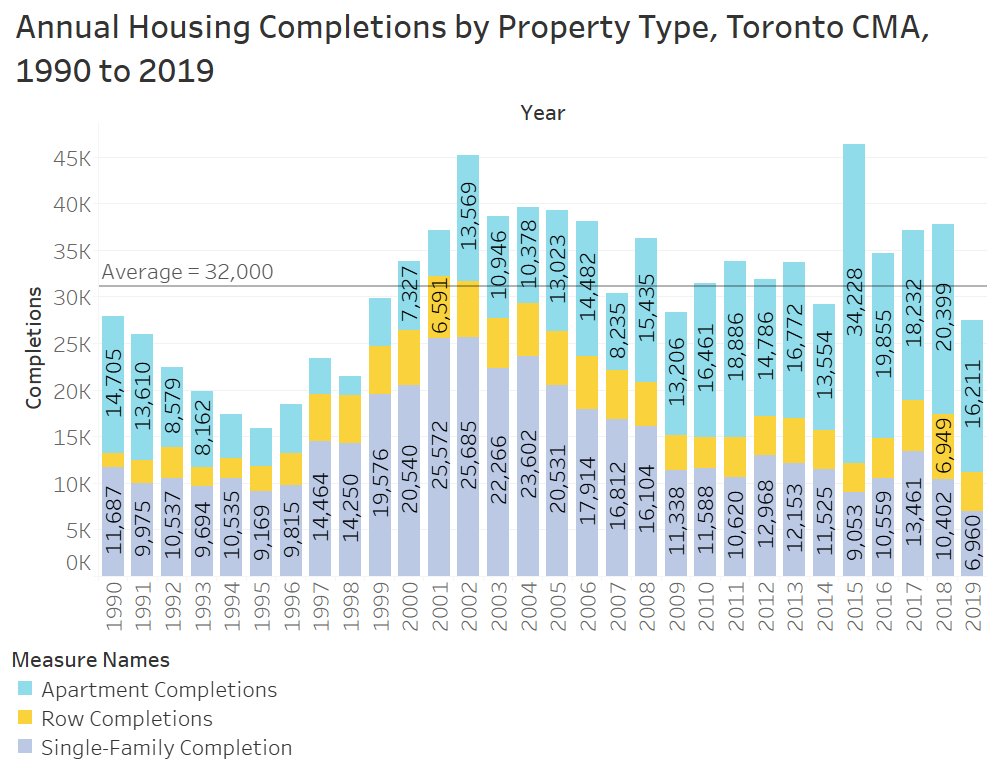
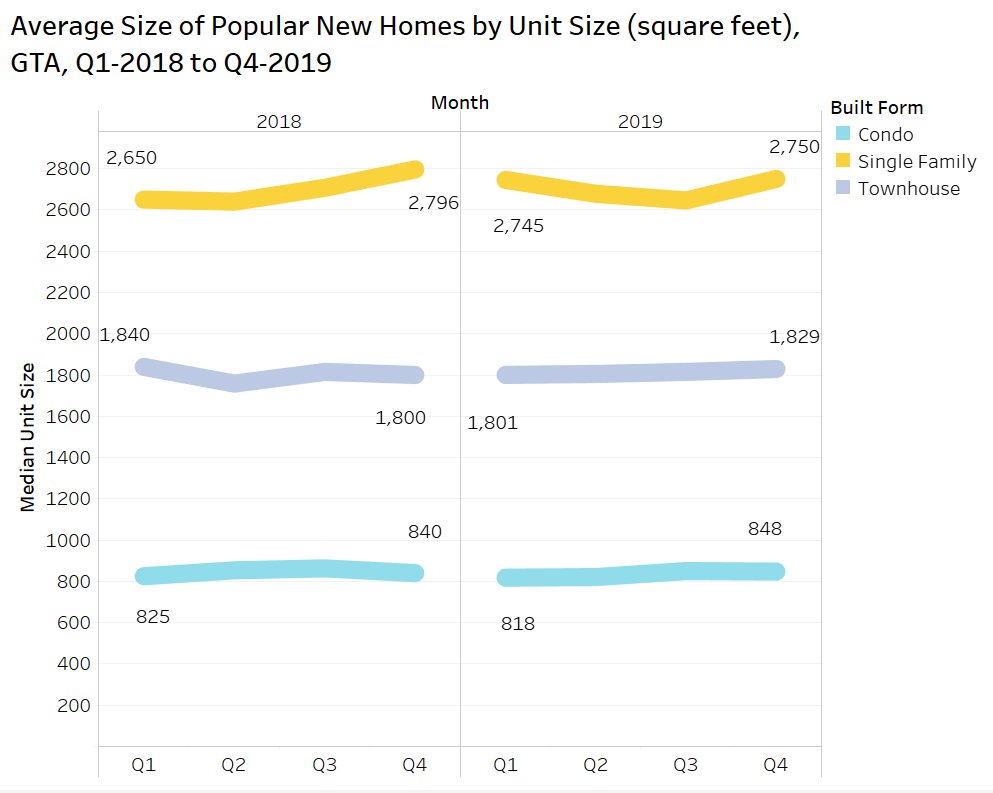
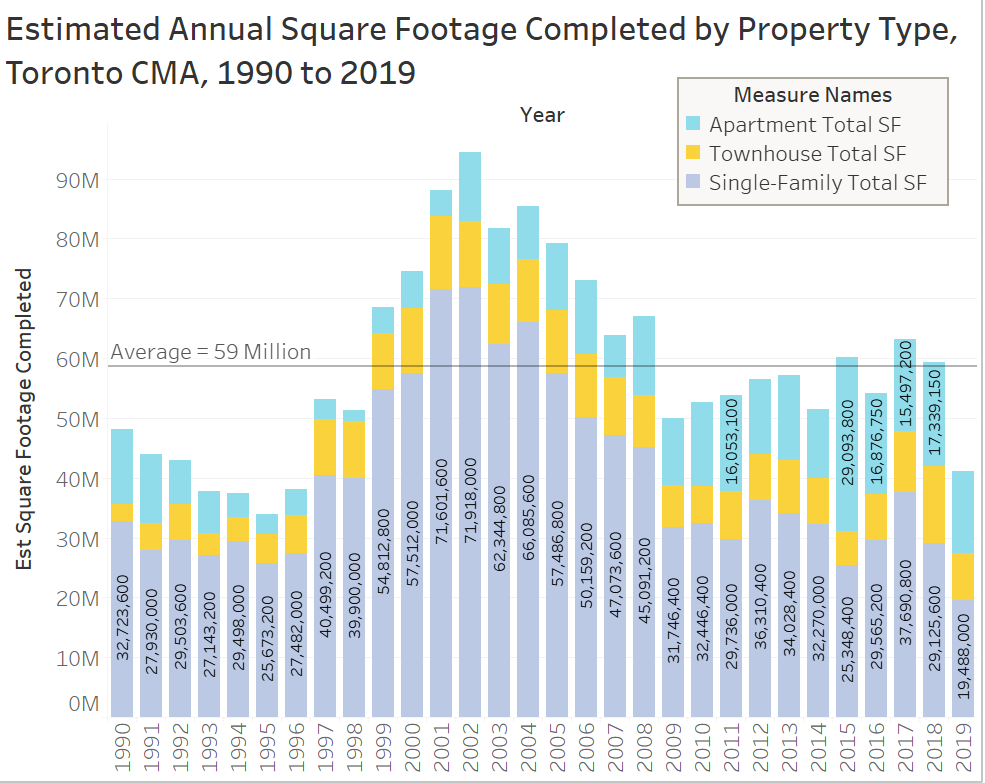
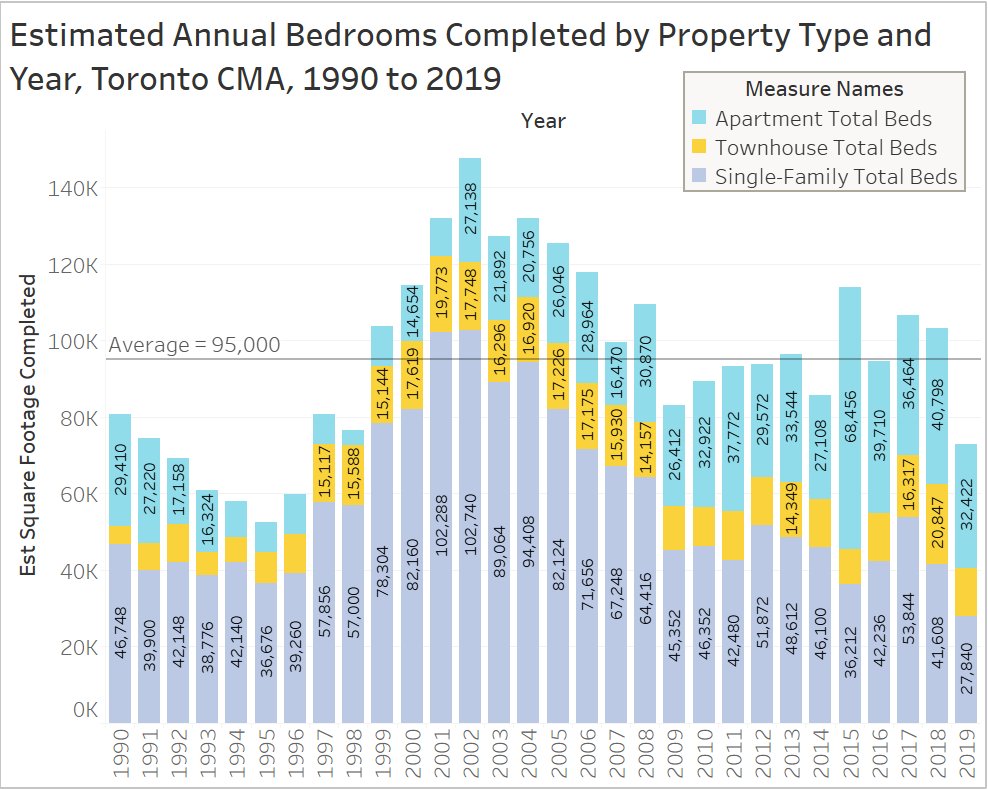



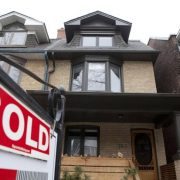

 Maziar Moini, Broker of Record - Home Leader Realty Inc.
300 Richmond St. W., #300, Toronto, ON M5V-1X2
Maziar Moini, Broker of Record - Home Leader Realty Inc.
300 Richmond St. W., #300, Toronto, ON M5V-1X2


